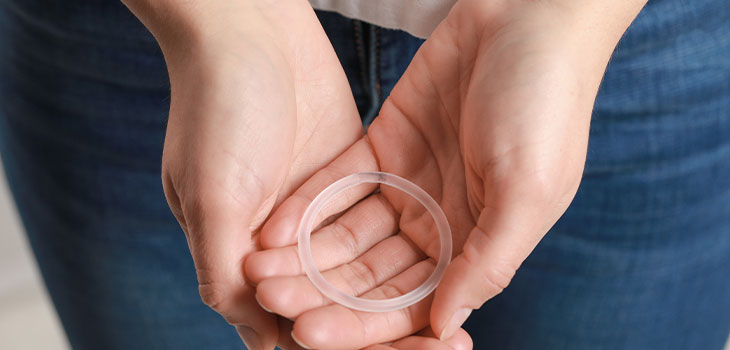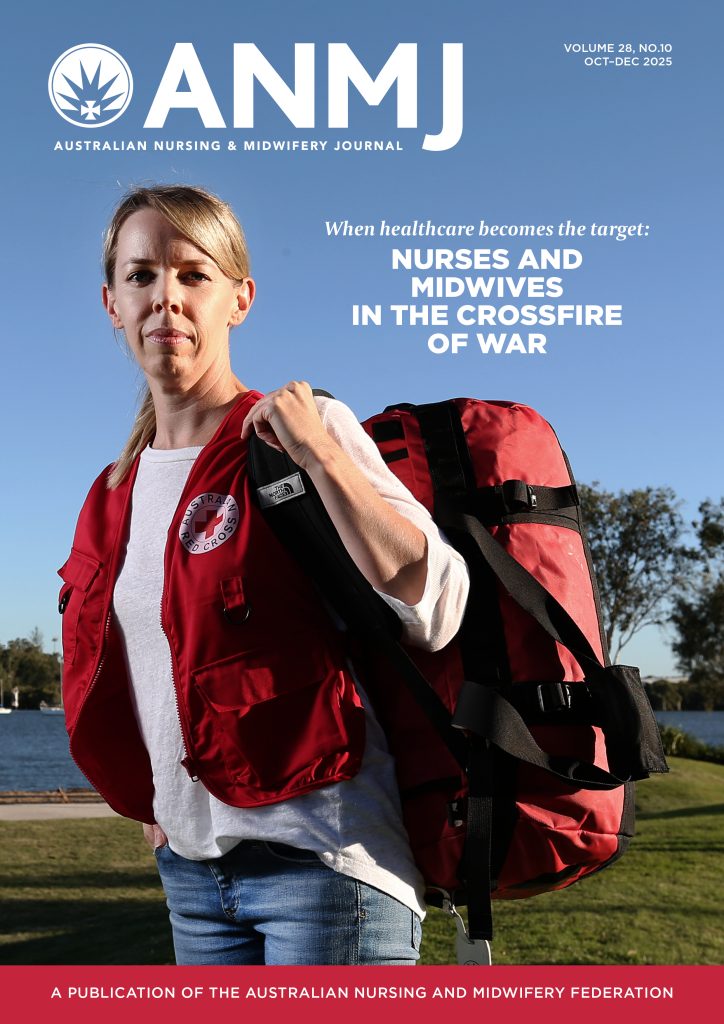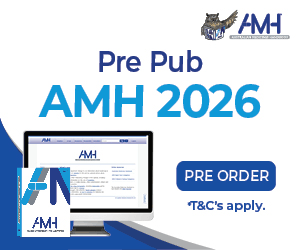Australian women will soon have subsidised access to more affordable contraceptive with the addition of NuvaRing to the PBS this weekend.
From this Saturday 1 November 2025, NuvaRing, a long-acting reversible contraceptive (LARC), will be listed on the Pharmaceutical Benefits Scheme (PBS), giving women access to more choice and lower cost.
Medicare item numbers are being added to cover insertion and removal of LARCs by nurse practitioners. The ANMF is advocating for endorsed midwives to also have access to the MBS for insertion and removal of LARCs.
“Australia has one of the lowest uptake rates in the developed world of long-acting contraceptives, partly due to access and affordability. These changes to MBS and expanded options through the PBS will remove cost and access barriers so that more women can choose the contraceptive option that works best for them,” said Federal Health Minister Mark Butler on Monday.
From 1 November 2025, the Medicare rebate for four existing Medicare items covering insertion and removal of LARCs is being increased significantly.
More affordability
Before listing on the PBS, women might have paid more than $270 a year for NuvaRing. From 1 November, when added to the PBS, it will cost general patients $31.60 and concessional patients $7.70.
Each script provides three months of the contraceptive, meaning the changes could save women at least $107.60 each year. From 1 January 2026, women will pay a maximum of just $25 per script.
The changes are expected to benefit around 300,000 women each year.
Better access
The Australian Government is also funding free training for health practitioners in the insertion and removal of IUDs to boost the number of qualified practitioners and improve access to services.
In addition, a 40% bulk-billing incentive will be introduced, incentivising health professionals to provide LARC services and support women to have greater contraceptive choice. Medicare item numbers are also being added to cover insertion and removal of LARCs by nurse practitioners.
The bulk billing incentive may remove large out of pocket costs incurred by women who choose to use LARC for contraception, said Monash University’s SPHERE Centre of Research Excellence Director Professor Danielle Mazza.
“While LARC is widely recognised as the most effective form of contraception – 99% effective – the uptake in Australia has been very low, at just 11% of women aged 14-49 years, and worse in rural areas.”
In many European countries, LARC use amongst women of reproductive age is more than 30%, and in Denmark it is 39%, she said.
“One of the main reasons LARC use is so low in Australia is likely the small number of trained providers in community settings. The government changes will create a new environment to benefit Australian women.”
The reforms are part of the Strengthening Medicare Women’s Health Package announced in the February 2025 Federal Budget.
To see the MBS rebates for nurse practitioners, SPHERE has collated a handy guide here.








